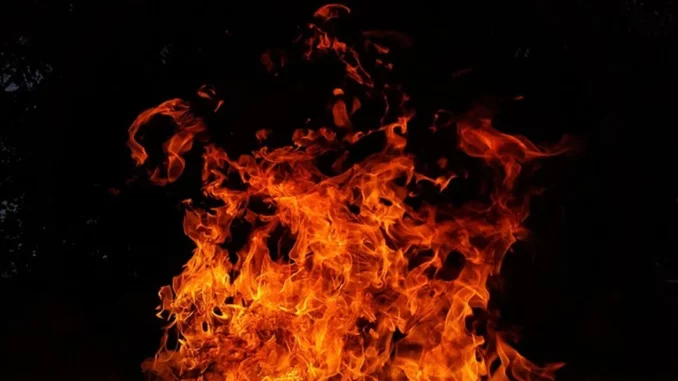
In a bustling café on the outskirts of Birmingham, I had the pleasure of meeting with Michael, a seasoned expert in the fire safety industry with over two decades of experience. As we settled into our seats, the aroma of freshly brewed coffee filling the air, Michael leaned back with a relaxed demeanour, ready to shed light on a subject that is becoming increasingly pivotal in his field: fire strategy documents.
Focus360 Energy: property compliance services – pre-planning to post-construction. Learn more.
The conversation naturally drifted towards the evolving landscape of fire safety. Michael explained how the importance of fire strategy documents has skyrocketed in recent years. “These documents,” he said, sipping his coffee, “are more than just paperwork. They’re the backbone of any comprehensive fire safety plan, especially when it comes to conducting fire risk assessments.” His eyes glimmered with the enthusiasm of someone who knows the weight these documents carry.
Michael elaborated that a fire strategy document serves as a technical blueprint during a building’s design phase. Unlike a fire safety plan or an evacuation procedure, a fire strategy is a more intricate document, focusing on compliance with Building Regulations. “It’s critical,” he emphasized, “because it outlines everything from fire detection and warning systems to escape routes and compartmentation levels. Essentially, it sets the scene for how a building can safely manage and respond to fire threats.”
As we continued our discussion, Michael highlighted an often-overlooked aspect of fire strategies: their role in aligning a building’s actual use with its intended design. “You see,” he said, leaning forward, “sometimes buildings evolve. They get repurposed or modified, and that’s where discrepancies can occur. A well-drafted fire strategy helps identify these gaps, ensuring that safety measures are up-to-date and effective.”
We delved deeper into the specifics, discussing how these documents are not exclusive to new constructions. Michael pointed out the significance of ‘retrospective fire strategies’ for existing structures. “It’s not just about new builds,” he stated. “Older buildings can benefit immensely from having a fire strategy document, especially when they’re undergoing renovations or changes in use. It’s about ensuring ongoing compliance and safety.”
Michael’s insights painted a vivid picture of how fire strategies play a crucial role in the broader context of fire safety. By establishing a clear framework for safety measures, these documents empower the ‘responsible person’—a term he used to describe those in charge of fire safety within a building. “These individuals can plan, manage, and coordinate fire safety efforts more effectively when they have a solid strategy to refer to,” he noted.
The conversation turned towards the practical benefits for clients. Michael explained that for building owners and managers, having a comprehensive fire strategy document isn’t just a regulatory necessity—it’s a proactive measure that can significantly mitigate risks. “Clients gain peace of mind knowing they’ve taken all necessary steps to protect occupants and comply with regulations,” he said. “And in the unfortunate event of a fire, having a clear, well-thought-out strategy can make all the difference in ensuring everyone’s safety.”
As our conversation wound down, Michael reflected on the future of fire safety. He expressed optimism about the increasing recognition of fire strategy documents and their role in shaping safer building environments. “The industry is moving in the right direction,” he concluded, “and as more people understand the value of these documents, we’ll continue to see improvements in fire safety across the board.”
With the interview coming to a close, I left the café with a renewed appreciation for the intricate work that goes into fire safety planning. Michael’s expertise provided a thorough understanding of how fire strategy documents serve as a cornerstone in the fire safety industry, helping to safeguard lives and properties alike. As I walked away, I couldn’t help but feel that the world of fire safety was in good hands with experts like Michael leading the charge.
Find out more at Focus 360 Energy


Be the first to comment